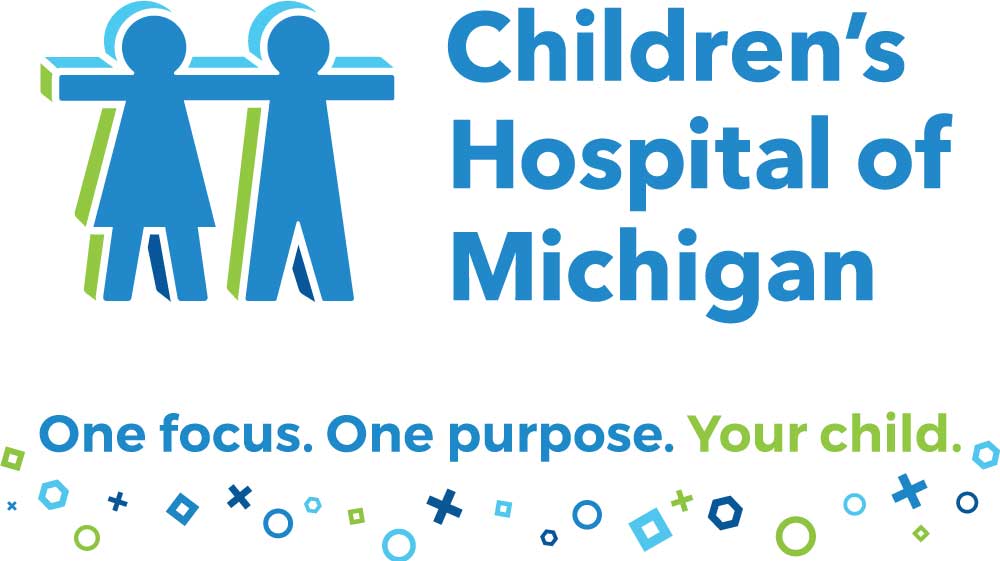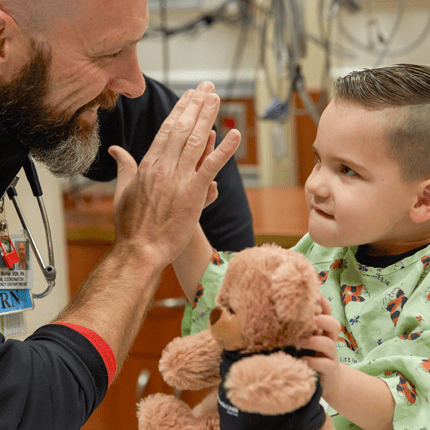Physical Medicine & Rehabilitation Services
Location Results
for {{LookingWhereSearchResult}} within {{SelectedMiles}} miles
{{LocationsTitle}}
{{milesInfo(facility.distanceInMiles)}} miles
{{facility.Title}}
- {{facility.Address.Street}}
- {{facility.Street2}}
- {{facility.Address.City}}, {{facility.Address.StateCode}} {{facility.Address.Zip}}
- {{facility.Phone}}
{{milesInfo(facility.distanceInMiles)}} miles
{{facility.Title}}
- {{facility.Address.Street}}
- {{facility.Street2}}
- {{facility.Address.City}}, {{facility.Address.StateCode}} {{facility.Address.Zip}}
- {{facility.Phone}}
{{milesInfo(facility.distanceInMiles)}} miles
{{facility.Title}}
- {{facility.Address.Street}}
- {{facility.Street2}}
- {{facility.Address.City}}, {{facility.Address.StateCode}} {{facility.Address.Zip}}
- {{facility.Phone}}
{{facility.Title}}
{{facility.Address.Street}}, {{facility.Street2}}
{{facility.Address.City}}, {{facility.Address.StateCode}} {{facility.Address.Zip}}
Your search found no results. You may search again by adjusting your search criteria.



 The primary focus of the inpatient program is to help each child improve their function and prepare them for return to home, school and the community. Based on the
child's needs, the rehabilitation program focuses on mobility, activities of daily living, communication, memory and social interaction. When necessary, adaptive equipment is used to help each child achieve as much function as possible. The interdisciplinary
team is experienced in the complexities of pediatric disability and rehabilitation.
The primary focus of the inpatient program is to help each child improve their function and prepare them for return to home, school and the community. Based on the
child's needs, the rehabilitation program focuses on mobility, activities of daily living, communication, memory and social interaction. When necessary, adaptive equipment is used to help each child achieve as much function as possible. The interdisciplinary
team is experienced in the complexities of pediatric disability and rehabilitation.


